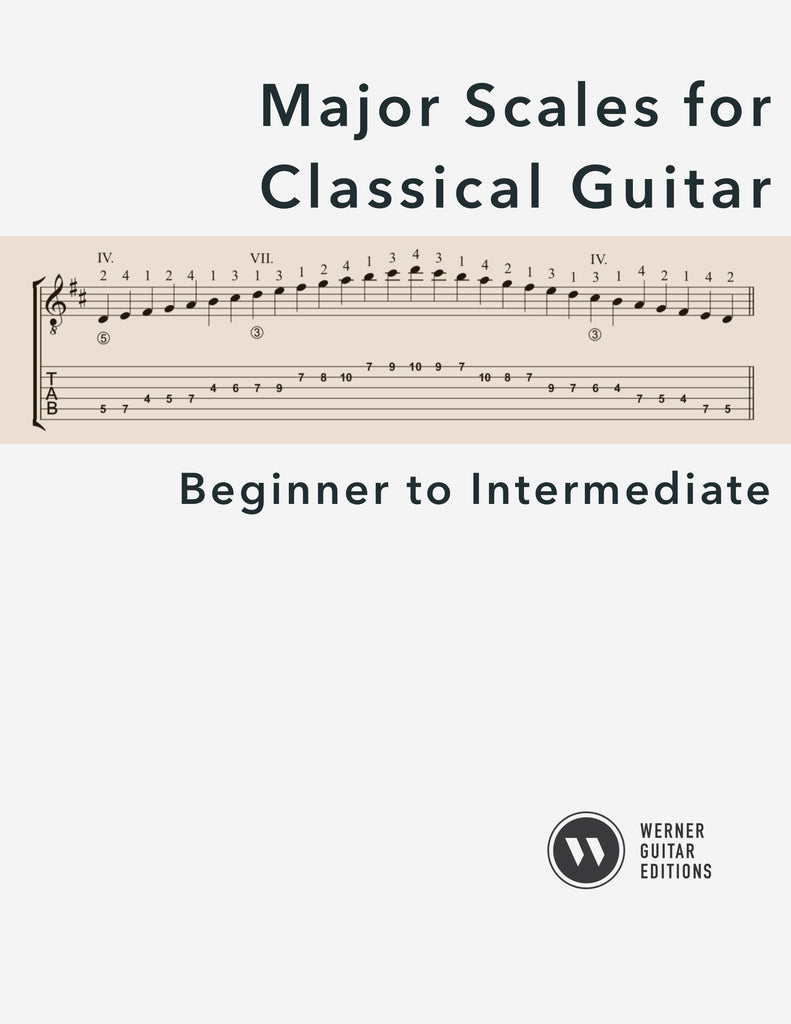
Tetratonic (4 notes), tritonic (3 notes), and ditonic (2 notes): generally limited to prehistoric ("primitive") music.Pentatonic (5 notes per octave): the anhemitonic form (lacking semitones) is common in folk music, especially in Asian music also known as the "black note" scale.Hexatonic (6 notes per octave): common in Western folk music.Heptatonic (7 notes per octave): the most common modern Western scale.Octatonic (8 notes per octave): used in jazz and modern classical music.Nonatonic (9 notes per octave): a chromatic variation of the heptatonic blues scale.Chromatic, or dodecatonic (12 notes per octave).Scales may be described according to the number of different pitch classes they contain: For example, a C major scale can be started at C4 (middle C see scientific pitch notation) and ascending an octave to C5 or it could be started at C6, ascending an octave to C7. Two notes can also be numbered in relation to each other: C and E create an interval of a third (in this case a major third) D and F also create a third (in this case a minor third).Ī single scale can be manifested at many different pitch levels. For example, in a C major scale the first note is C, the second D, the third E and so on. The notes of a scale are numbered by their steps from the first degree of the scale. The distance between two successive notes in a scale is called a scale step. For instance, the increasing C major scale is C–D–E–F–G–A–B–, with the bracket indicating that the last note is an octave higher than the first note, and the decreasing C major scale is C–B–A–G–F–E–D–, with the bracket indicating an octave lower than the first note in the scale. An octave-repeating scale can be represented as a circular arrangement of pitch classes, ordered by increasing (or decreasing) pitch class. Most scales are octave-repeating, meaning their pattern of notes is the same in every octave (the Bohlen–Pierce scale is one exception). Scales are typically listed from low to high pitch. For example, C major indicates a major scale with a C tonic.īackground Scales, steps, and intervals Typically, the name of the scale specifies both its tonic and its interval pattern. The tonic of a scale is the note selected as the beginning of the octave, and therefore as the beginning of the adopted interval pattern. Based on their interval patterns, scales are put into categories including diatonic, chromatic, major, minor, and others.Ī specific scale is defined by its characteristic interval pattern and by a special note, known as its first degree (or tonic). from C to D), and H stands for half-step (e.g. For instance, in a chromatic scale each scale step represents a semitone interval, while a major scale is defined by the interval pattern W–W–H–W–W–W–H, where W stands for whole step (an interval spanning two semitones, e.g. However, there is no need for scale steps to be equal within any scale and, particularly as demonstrated by microtonal music, there is no limit to how many notes can be injected within any given musical interval.Ī measure of the width of each scale step provides a method to classify scales. A musical scale represents a division of the octave space into a certain number of scale steps, a scale step being the recognizable distance (or interval) between two successive notes of the scale. ĭue to the principle of octave equivalence, scales are generally considered to span a single octave, with higher or lower octaves simply repeating the pattern. Often, especially in the context of the common practice period, most or all of the melody and harmony of a musical work is built using the notes of a single scale, which can be conveniently represented on a staff with a standard key signature. A scale ordered by increasing pitch is an ascending scale, and a scale ordered by decreasing pitch is a descending scale. In music theory, a scale is any set of musical notes ordered by fundamental frequency or pitch.

The C major scale, ascending and descending


 0 kommentar(er)
0 kommentar(er)
